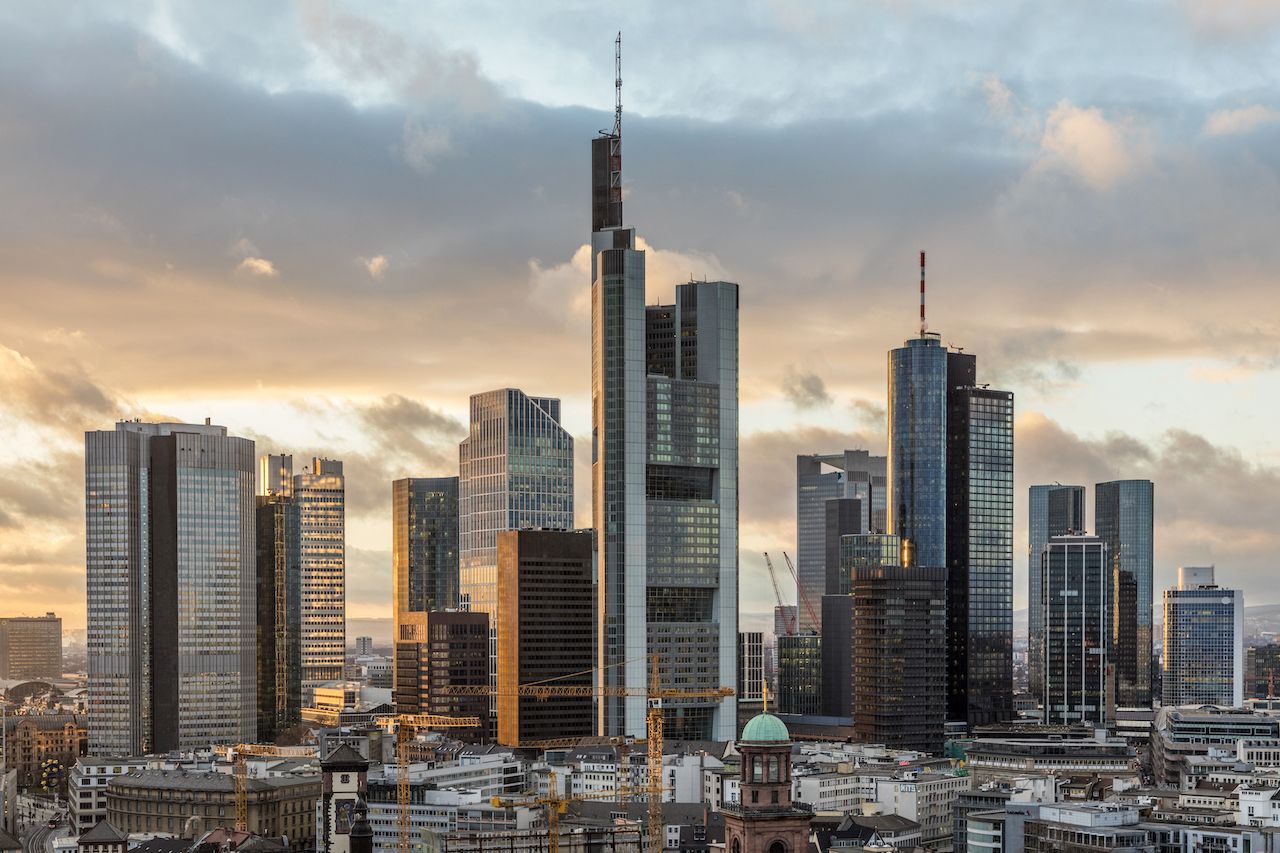
Skyscrapers have long been a symbol of human innovation and engineering prowess, reaching for the heavens and shaping city skylines worldwide. These towering structures are not merely feats of design and construction; they represent the aspirations and achievements of societies striving to reach new heights. On World Skyscrapers Day, celebrated annually on September 3rd on the birth anniversary of American architect Louis H. Sullivan, who came to be known as the “father of skyscrapers”, let us recognise their role in shaping a greener and more resilient future for our cities and our planet.
At its core, a skyscraper is defined as a tall, habitable building that stands significantly taller than its surrounding structures. While the specific height that qualifies a building as a skyscraper may vary, the essence remains constant: vertical living and working spaces that challenge the boundaries of gravity and human imagination. Beyond their sheer height and aesthetic appeal, modern skyscrapers are now at the forefront of sustainability efforts. As our planet faces environmental challenges, these towering giants are leading the way in innovative energy management and efficiency. With advanced technologies, creative designs, and eco-friendly materials, architects are redefining what it means for a building to be environmentally responsible.
One of the remarkable aspects celebrated on World Skyscrapers Day is the relentless pursuit of energy efficiency in these structures. Architects and engineers employ cutting-edge strategies to reduce energy consumption and minimise environmental footprint. From incorporating natural ventilation systems to harnessing renewable energy sources like solar panels and wind turbines, skyscrapers are becoming powerhouses of sustainability. According to the UN, two-thirds of the world population will live in cities by 2050, presenting several challenges from space to sustainability. Some recent research suggests skyscrapers might be the most sustainable form of urban development.
Several buildings across the globe stand as testaments to the progress made in energy-efficient skyscrapers.
One of the world’s most sustainable skyscrapers, and the first high-rise to get a Leadership in Energy and Environmental Design (LEED) Platinum certification, is the Bank of America Tower in Manhattan. The building is equipped with its generation plant that produces 4.6 megawatts of clean, sustainable energy, providing 70% of the annual electricity needs and has all its hot water without the use of outside energy. The building can also collect air through highly efficient filters that distribute it to indoor spaces and re-filter it before it goes outside again, which means the air leaves the building cleaner than it came in.
With over 630 meters of height, the Shanghai Tower in Cina is the second tallest building in the world and a model for sustainable skyscrapers. 200 wind turbines generate about 10% of the building's electricity, while its transparent inner and outer surfaces allow natural light to come into the building, reducing the need for artificial lighting. Moreover, the facility collects rainwater, reuses wastewater, and combines numerous energy-saving measures to cut almost 35000 metric tons from its annual carbon footprint.
The One Central Park in Sydney is an excellent example of how green elements and plants can be integrated into the urban landscape. 50% of this building surface is covered by over 380 different species of plants, providing energy-saving shade while trapping carbon dioxide and emitting oxygen in the atmosphere. The skyscraper also has 40 motorised heliostats and 320 reflective mirror panels, which capture and redirect sunlight into retail spaces and landscaped terraces.
The Waugh Thistleton Residential Tower in London is a 14-storey building featuring important green elements, such as the wind turbines that provide about 15% of the tower’s energy requirements and allow this skyscraper to save around 7 tonnes of carbon dioxide emissions per year.
Finally, in 2029, the world's first net-zero skyscraper is planned to become operational, meaning that the building’s total amount of energy used in a year will be roughly equal to the amount of renewable energy created on the site. Curzon Wharf in Birmingham will be built using super-insulated building fabric, renewable energy sources, LED lighting and smart controls, and low-carbon construction materials.
Do you know more examples? Leave us a comment on Twitter or LinkedIn!